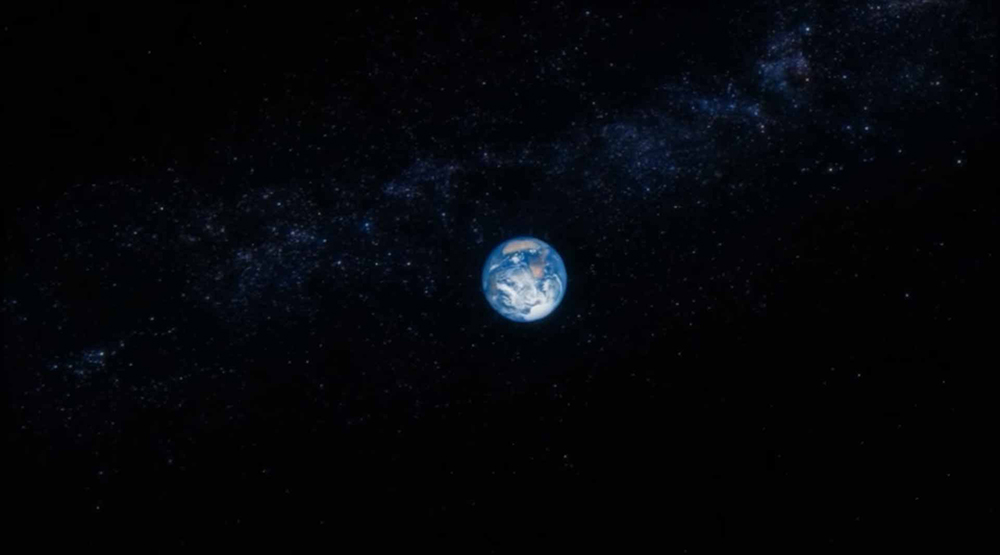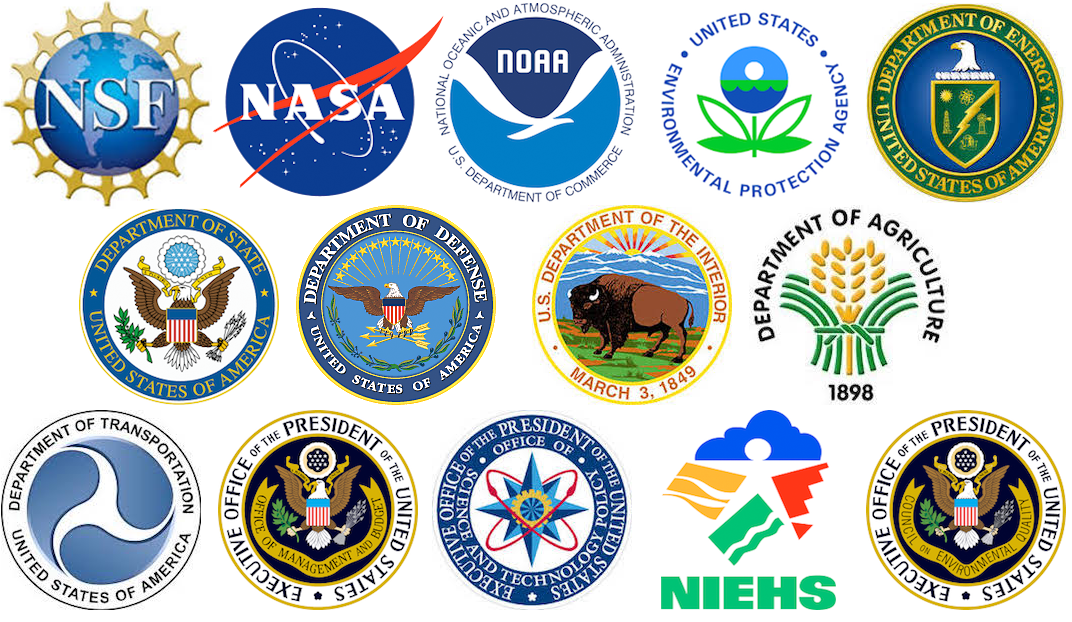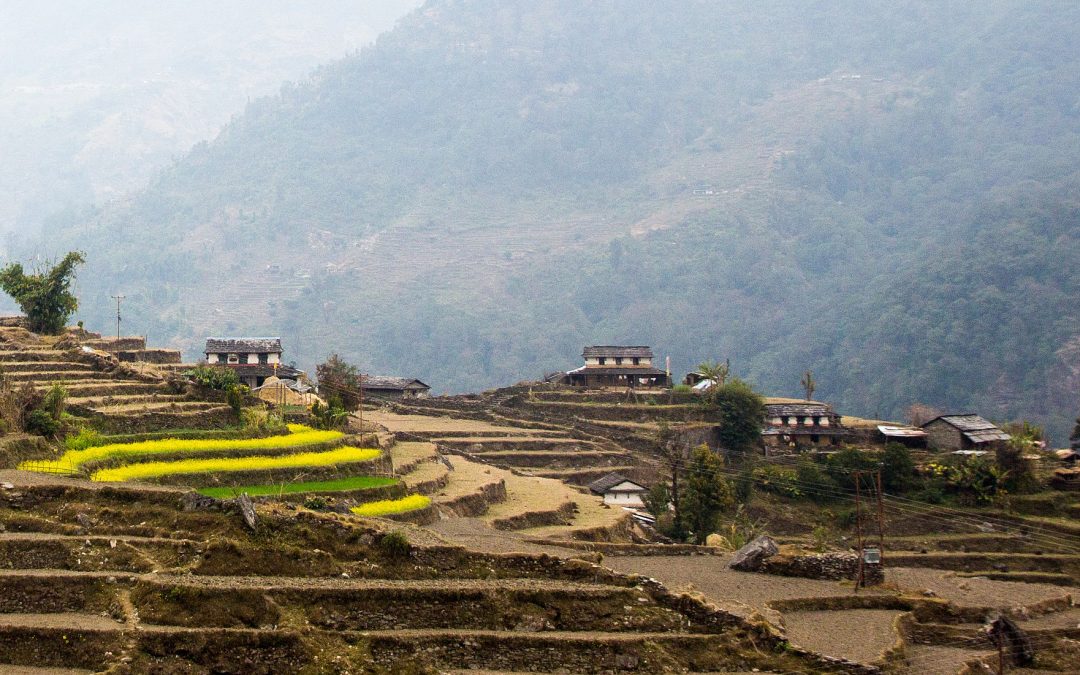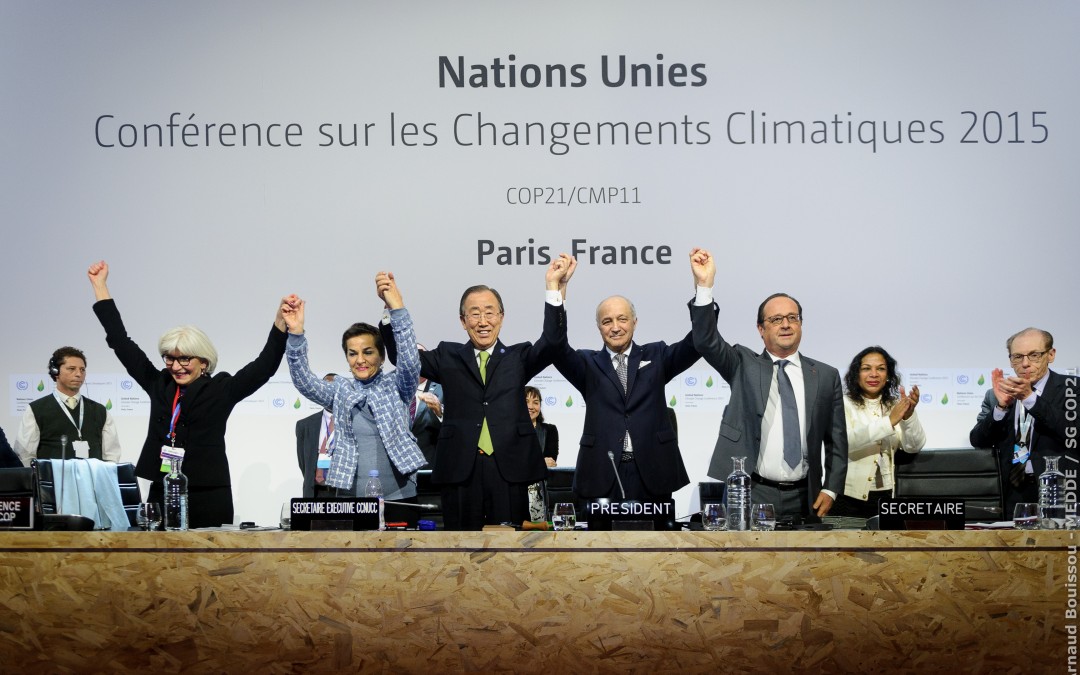
The Pale Blue Dot: “Where We Make Our Stand”
“in our obscurity, in all this vastness, there is no hint that help will come from elsewhere to save us from ourselves . . . Earth is where we make our stand.”

“in our obscurity, in all this vastness, there is no hint that help will come from elsewhere to save us from ourselves . . . Earth is where we make our stand.”

Research demonstrates that the industrial livestock system, which produces 95% of the world’s meat, is a major source of the hydrocarbon methane — a potent climate-killing greenhouse gas that cows emit with alarming regularity. Is science on the verge of a solution?

Despite the Trump administration’s “war on science,” Anne Toomey, Pace Assistant Professor of Environmental Studies and Science, says good science should serve community.

A 477-page Climate Science Special Report by 14 federal agencies repudiates the Trump administration climate position and finds that human activities are the only credible explanation for warming of the planet and extreme weather events.

Scientific journals and literature are full of insights on what does and doesn’t work in conservation. Why then is evidence-based conservation so difficult to achieve? Pace Professor Anne Toomey and colleagues argue for non-liner knowledge exchange that flows in two directions.

If “historic” and “landmark” are missing from your dictionary, it’s no wonder. They could use a break. Kudos are being heaped from quarters far and wide about the outcomes of COP21. But there are also sobering times ahead, by some reporters’ accounts.